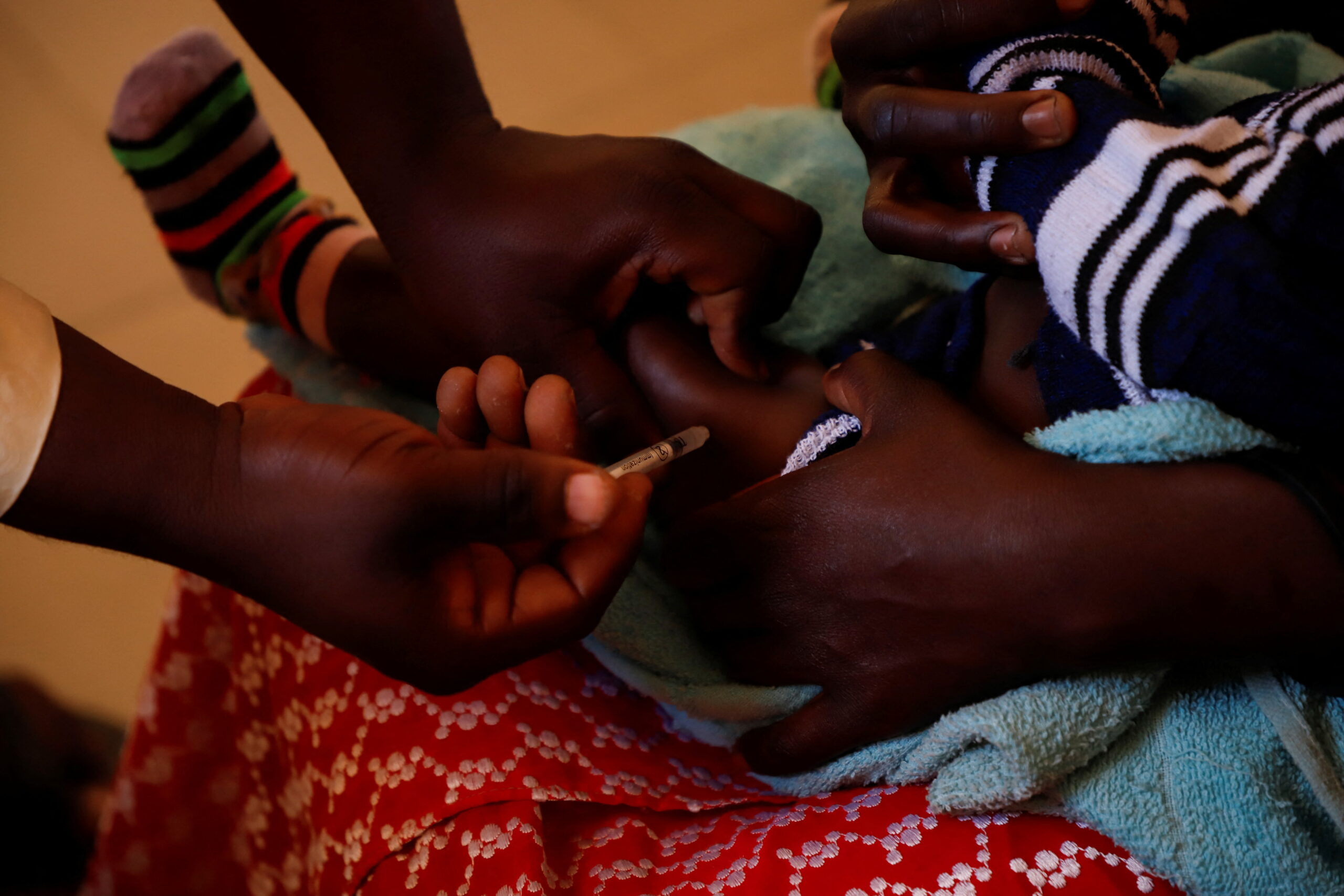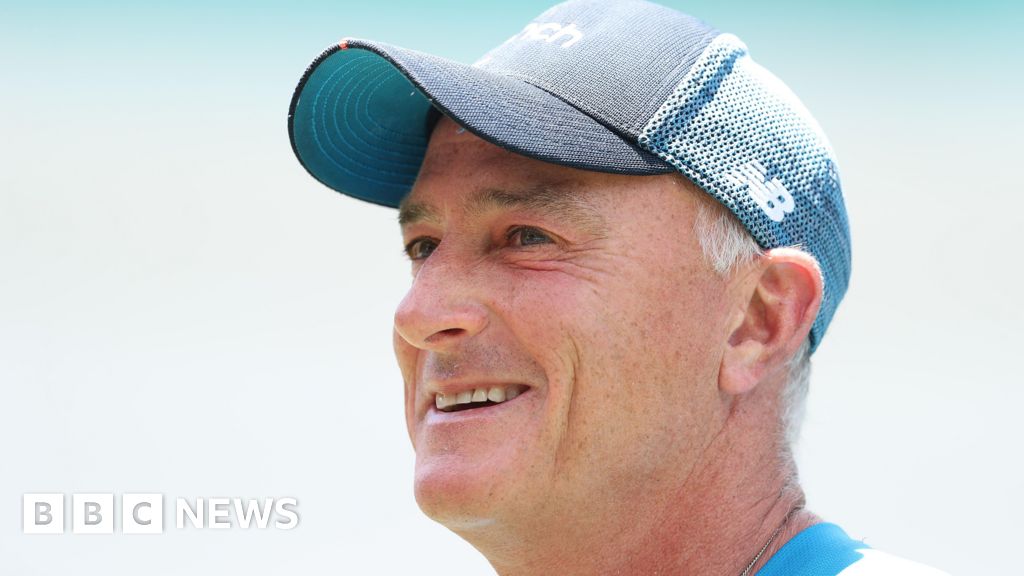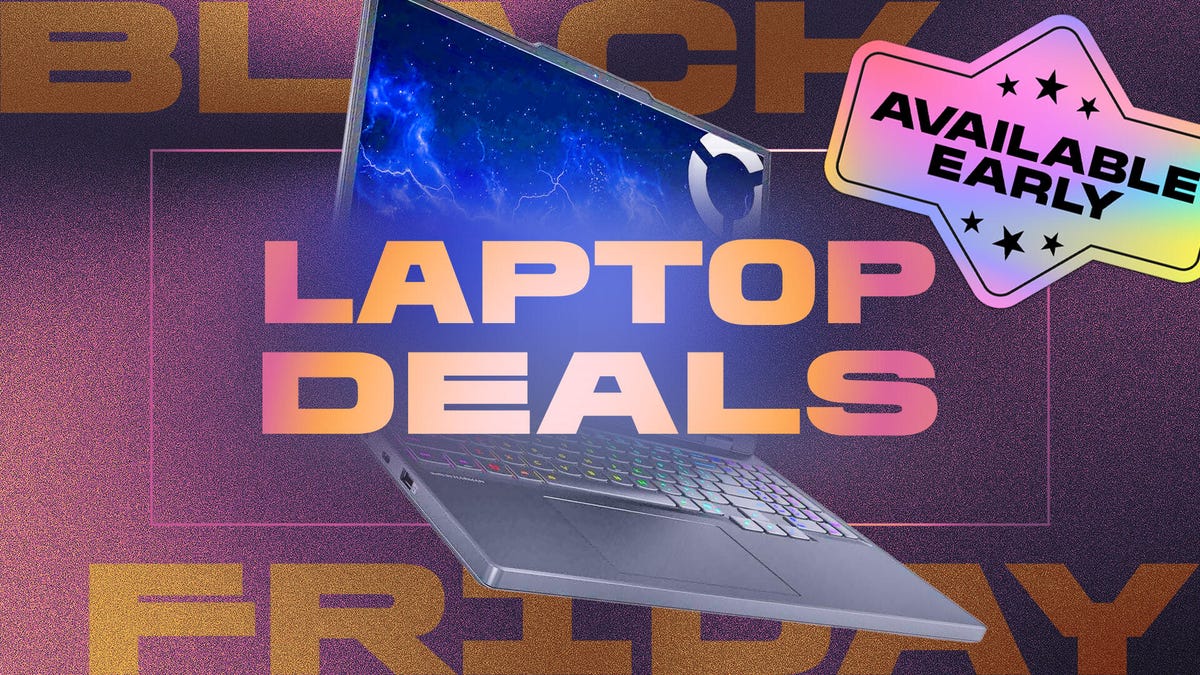MIES (Switzerland) – The world governing body for basketball has launched a new version of the FIBA World Ranking Men, presented by Nike.
Thanks to the support of the company Assist Research and its mathematical expertise, FIBA has developed an…

MIES (Switzerland) – The world governing body for basketball has launched a new version of the FIBA World Ranking Men, presented by Nike.
Thanks to the support of the company Assist Research and its mathematical expertise, FIBA has developed an…

 LinkedIn
LinkedInTributes have been paid to a Glasgow restaurant owner who spent years as a chef for some of the world’s biggest rock stars.
John Quigley’s death was announced by his family in a statement. The…

Chris Hemsworth has revealed one of his earliest acting roles: playing the late Aussie great Steve Irwin.
The Thor actor showcased a home video of him impersonating the conservationist in his new Hulu/Disney+ documentary Chris…

Global health actors often describe certain populations as hard to reach. These communities are often located in geographically remote or conflict-affected regions where the delivery of essential health services is described as logistically…

Ever wondered what happens to a wind turbine after decades of loyal service? Vattenfall believes in rewriting the narrative of wind turbine retirement. Instead of the end, it marks the beginning of a new chapter: one that’s all about creativity and circularity. Vattenfall’s Rewind platform, on display at the Dutch Design Week 2025 exhibition, showed how turbine components can be given a second life – both within the wind industry and far beyond.
With thousands of wind turbines worldwide approaching the end of their operational life, the question is not just how to recycle them, but how to unlock their hidden potential. Over 90 percent of a wind turbine’s materials such as steel, copper and electronics are already reused or recycled. The real challenge comes with the remaining parts, especially complex components and composites that don’t fit traditional recycling streams. Built for extreme conditions, wind turbine components can often last for more years in less challenging roles. But how to find smart and meaningful ways to give these materials a second life? The solution lies in designing with reuse: instead of viewing discarded turbines as waste, we should consider their components as a gold mine of resources.
“Sustainability is not only about generating fossil-free electricity, it’s also about what happens next”, says Thomas Hjort, Head of Innovation Offshore Wind at Vattenfall. “A gearbox, for example, that has withstood North Sea storms for years is strong enough for a second life in a less demanding environment. By prioritising the use of existing components, designers, developers, and engineers can bridge the gap between the ideal and the available, often finding smarter, more affordable, and more sustainable solutions than if they were to start from scratch.”
Vattenfall’s Rewind platform builds on an idea first presented last year, when Vattenfall and its partners amazed visitors of Dutch Design Week (DDW) in Eindhoven by transforming the glass-fibre turbine nacelle – the heart of the turbine – into a stylish, ten-meter-long tiny house that met the Dutch tiny house standards. This was a powerful demonstration that highlighted the value of collaborating with the design community, showing that reuse can be not only practical, but also visually striking. It proves that reuse is not just an environmental duty, but also a source of creativity and inspiration.
In Lelystad’s harbour in the Netherlands, Vattenfall has successfully tested the potential of reusing turbine blades as flotation supports for land development and floating housing. This idea was linked to Vattenfall’s R&D team that worked on a concept for the development of floating habitats in Sweden. As part of its biodiversity programme in hydro power plants, Vattenfall is designing and implementing solutions to enhance biodiversity in suitable conditions. In rivers with hydropower dams, floating islands can adapt to the fluctuating water levels and provide a stable platform for flora and fauna to breed and flourish. Because turbine blades are manufactured using similar technology as in shipbuilding and can last for fifty years or more in relatively calm water environments, these blades, when no longer in use in a wind farm, can be repurposed in hydro power areas to form the floating islands that create new habitats.
The next step in the circularity movement is to explore the potential of discarded turbine components: a single nacelle contains over 10,000 technical parts. By encouraging out-of-the-box thinking and bringing together experts from design, technology, and various sectors, unexpected value and applications can be found for these components – giving them a purpose far beyond what they were originally intended for.
“Once you see what is possible, your view of old components will change forever. Moving from reusing materials to giving entire parts a new purpose is exactly the effect Vattenfall hoped to achieve when building the tiny house”, explains Thomas Hjort.
At DDW 2025, Vattenfall demonstrated this next step by launching ‘Rewind’: a digital platform that makes reusing turbine components easier and more accessible. Picture it as a digital warehouse for turbine parts equipped with a user-friendly touchscreen interface, almost similar to those found in fast food restaurants. Builders, developers and innovators can easily browse available components, check specifications, and share creative ideas for new applications. An AI-powered chatbot, drawing on past exhibition data, research, and component details, guides users through the ideation process with multiple-choice prompts. Thanks to AI, users can visualise and download their concepts before bringing them to life. By playfully combining different parts like ‘Lego blocks’, the tool generates hundreds of ideas for reuse in the wind industry and beyond.
“By opening a catalogue of used parts where the outside world can ‘shop’ for components built to last in harsh conditions, we primarily want to encourage a perspective change where developers and designers work with what is already available, rather than always seeking the perfect new solution”, Thomas Hjort comments on the idea behind the tool.
These are just a few of the creative applications in which the Rewind platform helps users to rethink turbine components, and open new opportunities to push circularity limits across different sectors:
Agriculture: Gearboxes, yaw drives, cooling systems, pipes, and pumps can be repurposed into robust irrigation systems for water-scarce regions. Rotor blades become irrigation arms, while turbine cooling systems ensure reliable water distribution.
E-mobility: Wind turbine nacelles contain advanced electronics and components like switches, generators and converters that can be reused to build affordable electric vehicle charging stations. The nacelle cover can serve as the station’s shell. EV charging stations help to deliver energy when needed, supporting smarter charging and grid solutions.
Construction: The tough, lightweight composite panels from nacelles make great bus shelters, parking garages, sound barriers, info kiosks, or festival pavilions, giving hard-to-recycle materials a second life.
By breaking down and displaying the individual components that form a wind turbine, the Rewind initiative has revealed how these robust parts can play a vital role in strengthening and updating electricity distribution networks. As society moves towards increased electrification, these reused materials offer smart solutions to help grids keep pace with growing energy demands.
Thomas Hjort states: “This is particularly interesting given its relevance today and the significant overlap in key components, such as cables, high-voltage switchgear, climate control systems, and monitoring equipment, which are essential for wind turbines as well as modern electricity grids. Together with grid operators, Vattenfall sees great potential and financial value in leveraging these shared components to support and upgrade infrastructure necessary for a more electrified future.”
Embracing circularity offers both environmental and economic benefits. Building smart value chains around reused materials helps businesses uphold ecological responsibilities while achieving financial gains. Designing components to last for decades and planning for their future reintegration into the supply chain can ensure sustainable value and efficient resource management.
“The more minds contributing, the more innovative and impactful the solutions become. Circularity should not be buzzword but represent a mindset”, emphasises Thomas Hjort. “Vattenfall may not be the sole driver behind all subsequent applications of turbine components, but we do want to start the thought process, help realise the first proofs of concept, and push the next step in circularity. When reuse value chains are combined with profitable business models, circularity and good business go hand in hand, and become the new normal. Taking responsibility for our assets after they reach their end of life is part of working for fossil freedom.”
Picture above text: Will turbine blades soon be reused as irrigation systems? Impression generated with AI

The widow of former cricketer Graham Thorpe says he would still be alive if he had received more support from the England and Wales Cricket Board (ECB) after leaving his coaching role.
Mr Thorpe, one of the most respected batters of his generation…

Insider Brief

Black Friday is officially still a few days away, but why wait when you can already start shopping for the best Black Friday deals right now? This is the perfect week to bag that laptop upgrade you’ve had your eye on. We’ve found all of the…